Electric Fat Bike Brake Problems: A Comprehensive Troubleshooting Guide
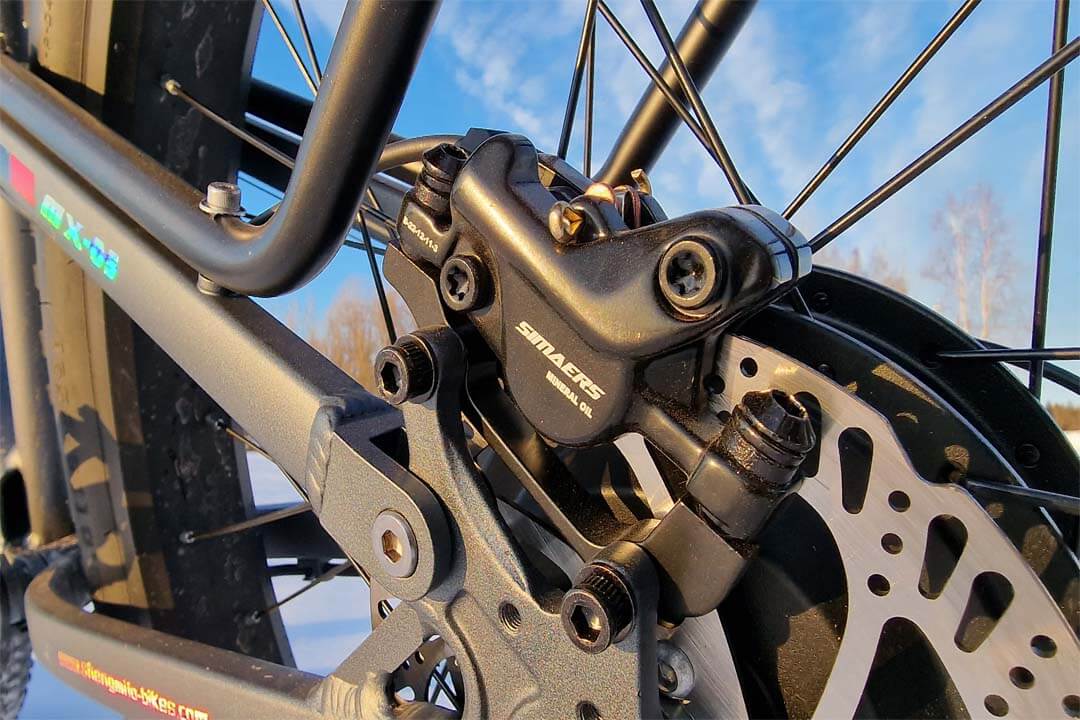
Electric fat bikes are becoming more popular due to a combination of factors. Firstly, they allow riders to explore off-road terrain with greater ease and comfort, thanks to their wider tires and electric assist motors that make hills and rough terrain more manageable. Additionally, they provide a fun way to exercise and commute without the hassle and expense of gasoline-powered vehicles.
When it comes to rider safety, brakes play a crucial role in ensuring a safe and enjoyable riding experience. Brakes help riders slow down and stop when necessary, preventing accidents and collisions with other riders or obstacles. In particular, fat bikes require powerful brakes due to their heavier weight and larger tire size, which generate more momentum and require stronger stopping power. Therefore, riders need to invest in high-quality brakes and maintain them regularly to ensure optimal performance and safety on the trails.
Common brake issues on electric fat bikes
Some common brake issues that riders may encounter on electric fat bikes include:
Squeaking or grinding noises
This can be caused by worn brake pads, contaminated brake rotors or pads, glazed brake pads, loose bolts, or improper alignment of the brake calipers.
Ineffective braking
This can be caused by worn brake pads, contaminated brake rotors or pads, loose brake cables, or malfunctioning brake calipers.
Brake rub
This occurs when the rotor rubs against the brake pads due to a misaligned brake caliper or bent rotor.
These issues can significantly affect bike performance and safety. Squeaking or grinding brakes can indicate that the brake pads are worn and need to be replaced, which can impact the stopping power of the bike. Ineffective braking can lead to longer stopping distances and difficulty in controlling the bike. Brake rub can cause drag, which slows down the bike and makes it harder to pedal.
To prevent these issues from occurring, riders should regularly inspect their brake system and replace any worn or damaged parts. They should also keep their bike clean to prevent contamination of the brake pads and rotors. If the brakes are not functioning properly, it is important to have them inspected and repaired by a professional bike mechanic to ensure safe operation.
Troubleshooting tips for brake issues
Here are step-by-step instructions for addressing each common brake issue:
Squeaking or grinding noises:
Tools required
Allen wrench set, clean rag, replacement brake pads (if necessary), rubbing alcohol or brake cleaner (if necessary)
Steps:
a. Remove the wheel of the affected brake.
b. Inspect the brake pads and rotor for wear and damage.
c. If the brake pads are worn or damaged, replace them with new ones.
d. Clean the rotor with a clean rag and rubbing alcohol or brake cleaner if it is contaminated.
e. Reinstall the wheel and test the brakes to see if the noise has stopped.
Ineffective braking:
Tools required: Allen wrench set, clean rag, replacement brake pads (if necessary), cable cutters (if necessary)
Steps:
a. Check the brake pads and rotors for wear and damage.
b. If the brake pads are worn or damaged, replace them with new ones.
c. Tighten any loose bolts on the brake caliper or brake lever.
d. Check the brake cable tension and adjust it if necessary.
e. If the brake cable is frayed or damaged, replace it with a new one using cable cutters.
f. Reinstall the wheel and test the brakes to see if they are working effectively.
Brake rub:
Tools required: Allen wrench set
Steps:
a. Remove the wheel of the affected brake.
b. Check the brake caliper alignment and adjust it if necessary using an Allen wrench.
c. Check the rotor for any warping or damage. If the rotor is bent or damaged, replace it with a new one.
d. Reinstall the wheel and test the brakes to see if the rubbing has stopped.
Additional tips:
When replacing brake pads, make sure to bed them in properly by gradually applying and releasing the brakes while riding for a short distance. This will help ensure optimal braking performance.
Always wear appropriate safety gear such as gloves and eye protection when working on your bike's brakes.
If you are not comfortable or experienced with performing brake repairs, it is best to have a professional bike mechanic inspect and fix the issue.
Preventive maintenance for electric fat bike brakes
Here are some simple steps that riders can take to prevent brake issues from occurring:
Keep the bike clean
Dirt, mud, and debris can accumulate on the brake pads and rotors, causing both squeaking and reduced stopping power. Regularly cleaning your e-fat bike will help maintain proper braking performance.
Check the brake system before each ride
Make sure the brake levers are operating smoothly and brake cables are properly tensioned. Ensure the rotor and brake pads are clean and free of any debris or contamination.
Replace worn brake pads
Brake pads wear over time and eventually require replacement. Inspect your brake pads regularly and replace them as soon as they start to show signs of wear.
Avoid overheating the brakes
Continuously applying the brakes for extended periods can generate heat and cause brake fade, which is a loss of stopping power. Try to use the motor to slow down when possible, and use the brakes intermittently.
Regular brake checks and maintenance are crucial for the overall longevity of an electric fat bike. Neglecting brake maintenance can result in costly repairs and even accidents. Here are some other reasons why regular brake checks are important:
Safety
Brakes are one of the most critical components of an e-bike. Regular brake maintenance ensures that the bike stops quickly and safely, reducing the risk of accidents.
Performance
Properly maintained brakes provide optimal stopping power, making riding more enjoyable and efficient.
Cost savings
Early detection and replacement of worn brake pads can save money on costly repairs in the future.
Longevity
Overall, taking preventive maintenance measures and conducting routine brake checks can ensure a safe, reliable, and enjoyable riding experience while extending the life of an electric fat bike.
Conclusion
Throughout this blog post, we discussed common brake issues that electric fat bike riders may encounter, including squeaking or grinding noises, ineffective braking, and brake rub. We also provided step-by-step instructions for addressing each issue, as well as some preventive maintenance tips for maintaining optimal brake performance.
We emphasized the importance of regular brake checks and maintenance, highlighting how neglecting brake maintenance can result in costly repairs and even accidents. Properly maintained brakes ensure safe and enjoyable riding experiences while extending the life of the entire bike.
In light of these points, we strongly encourage readers to take brake issues seriously and seek professional help if necessary. Don't hesitate to reach out to a qualified bike mechanic for assistance with any brake issues or concerns. Remember, safety should always be a top priority when enjoying your e-fat bike!

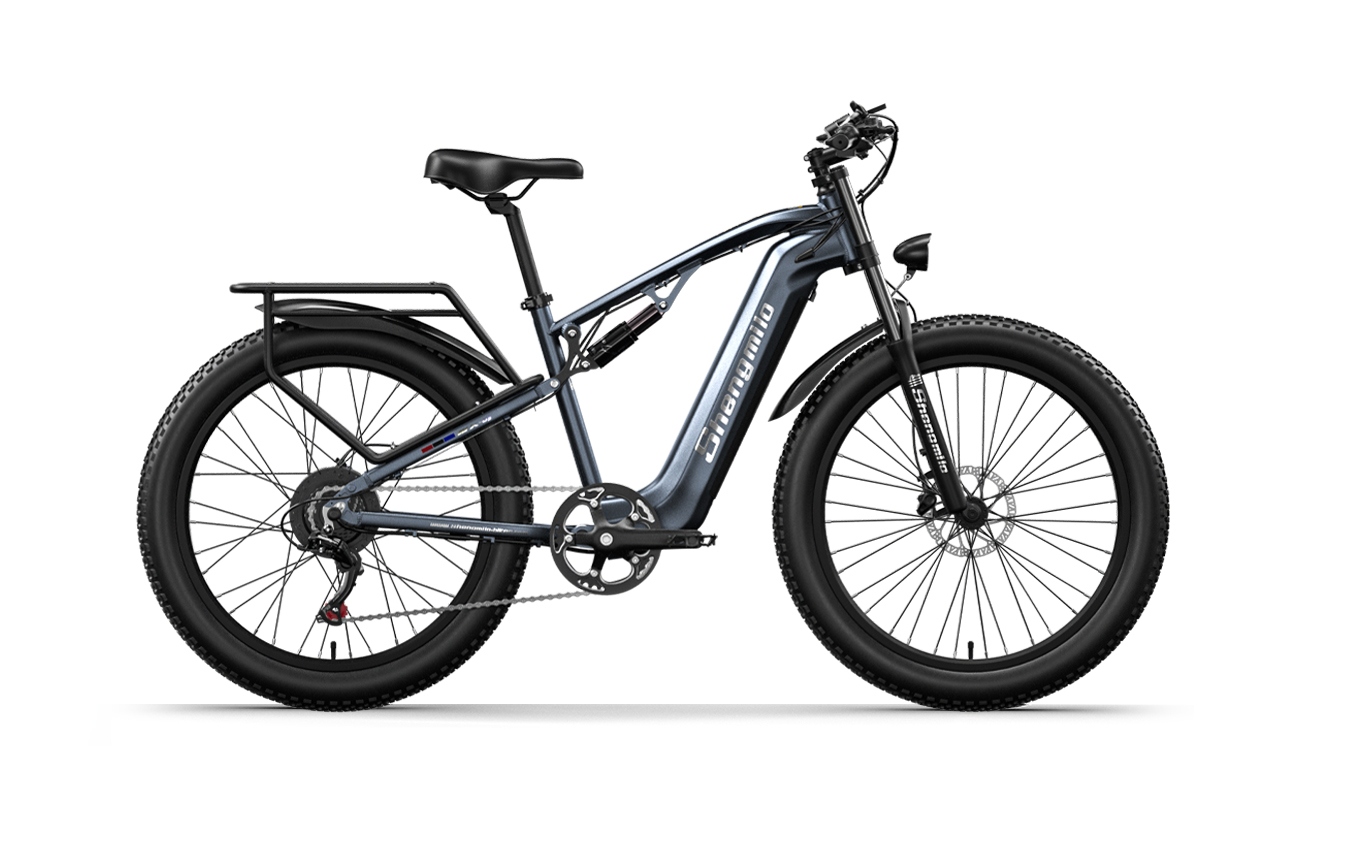
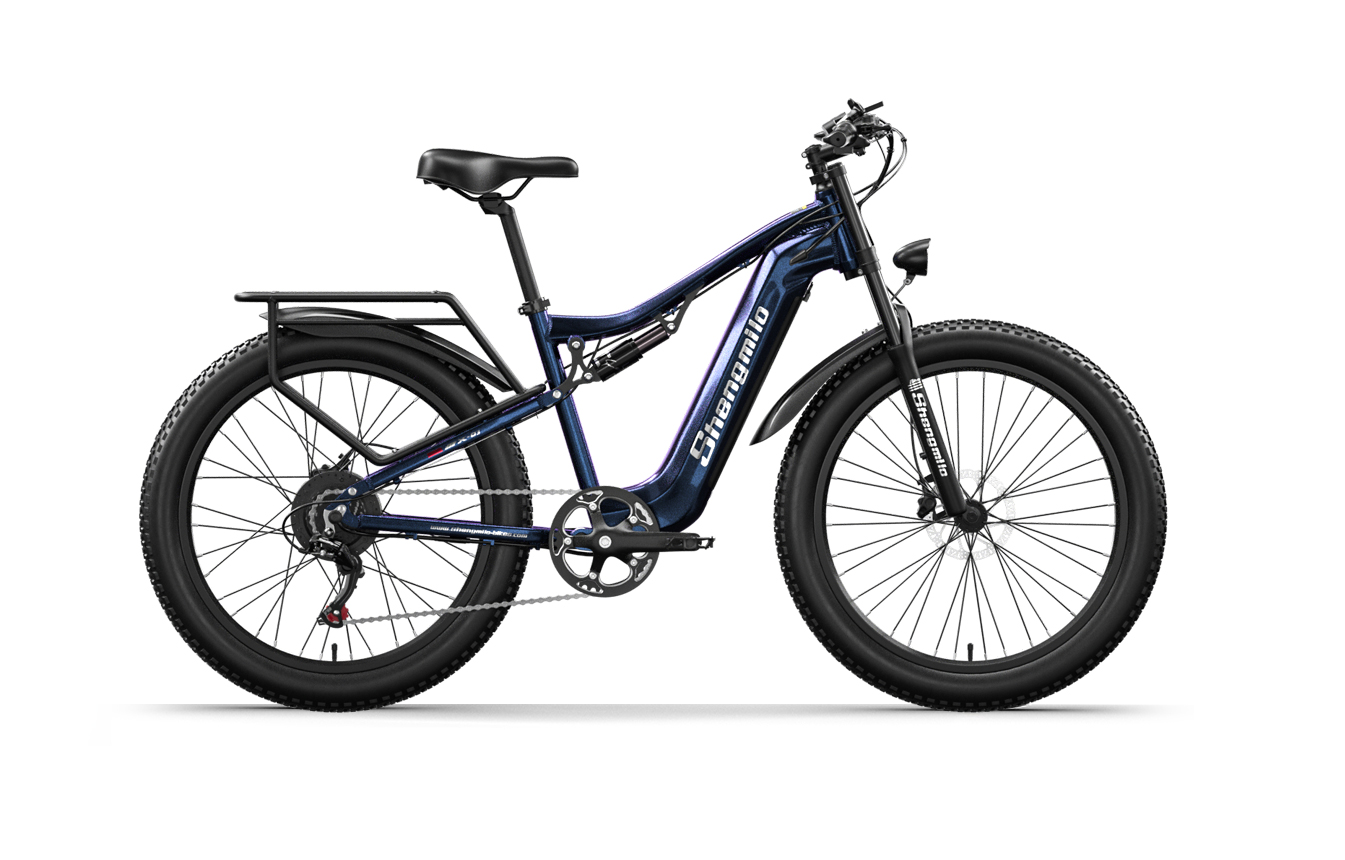
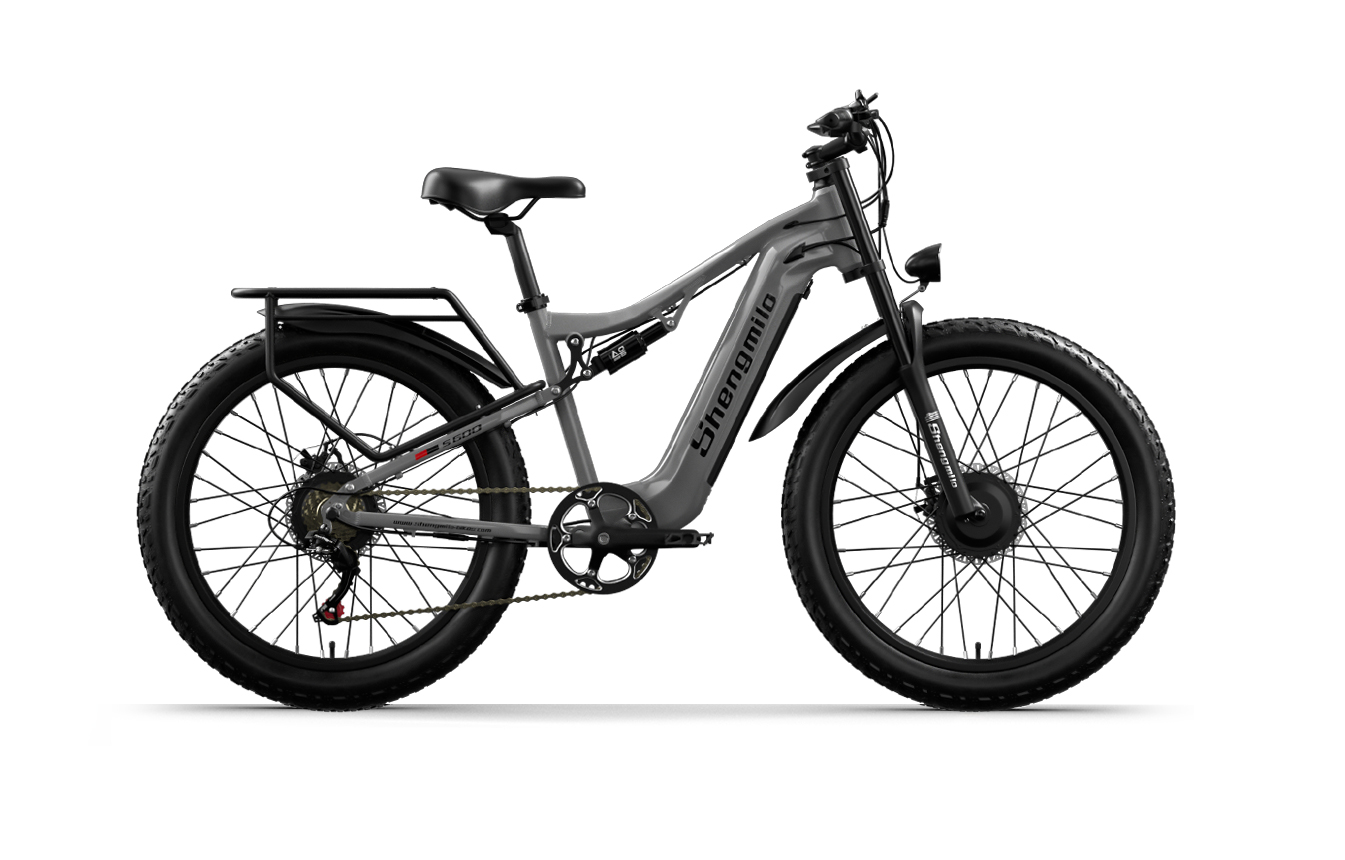
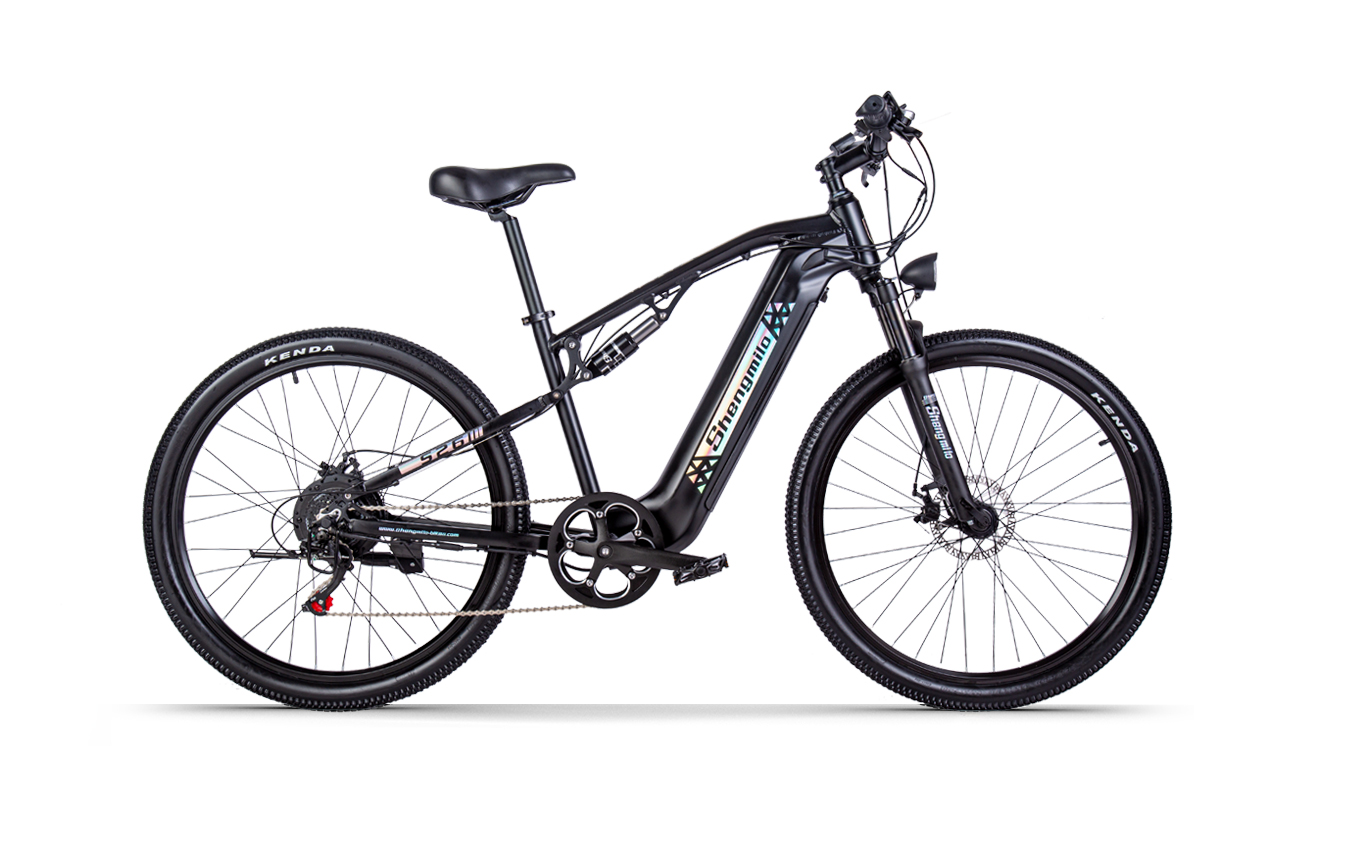
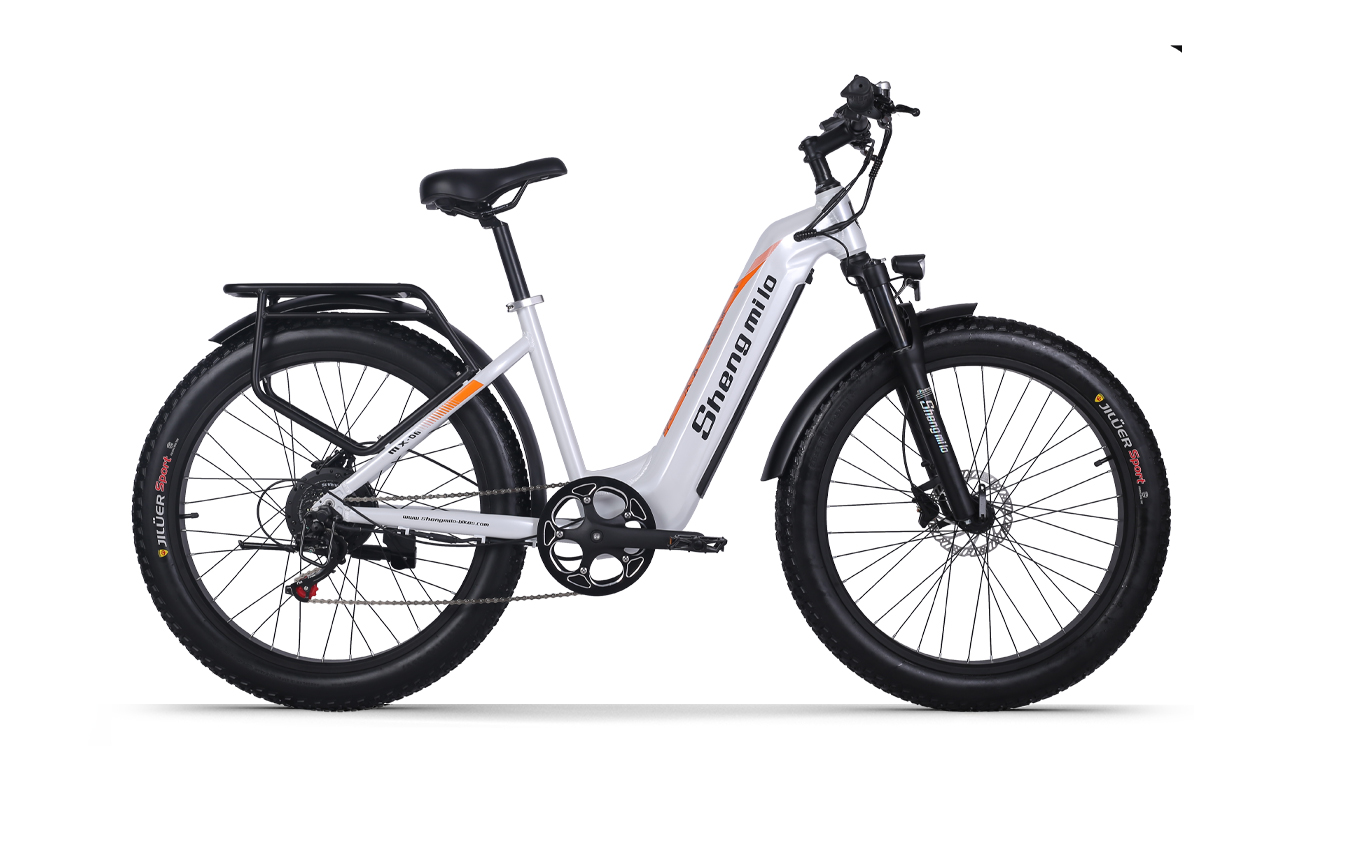
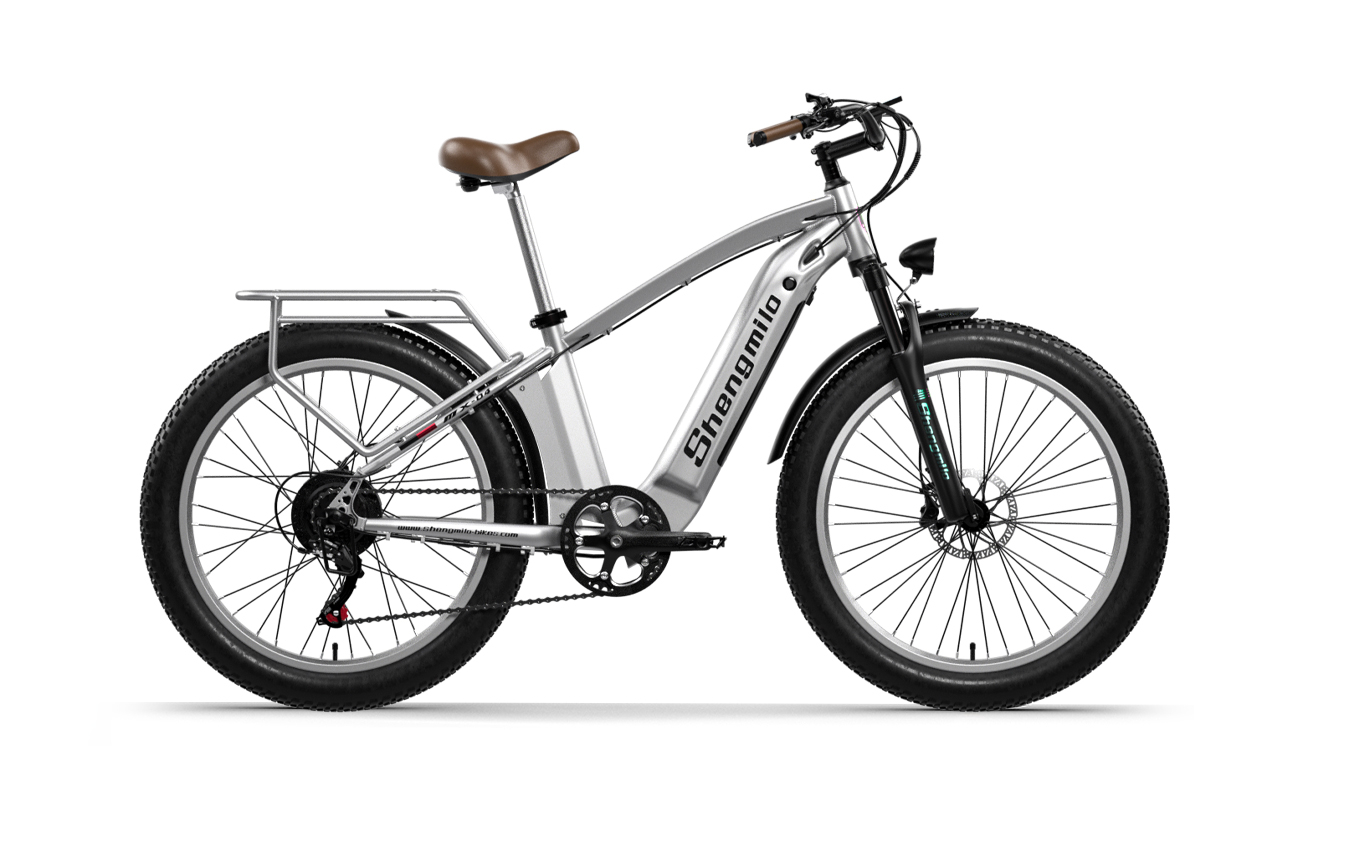
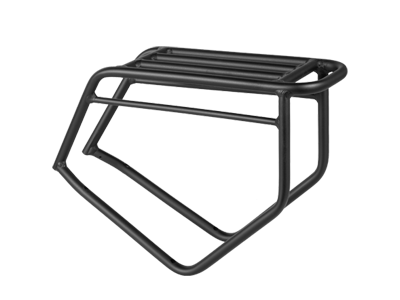
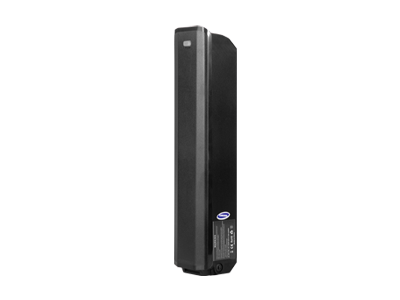
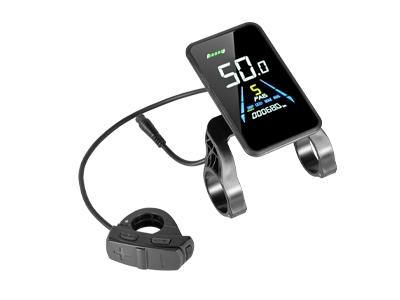
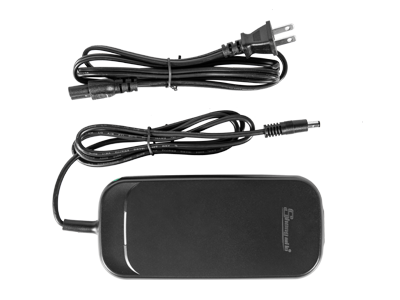
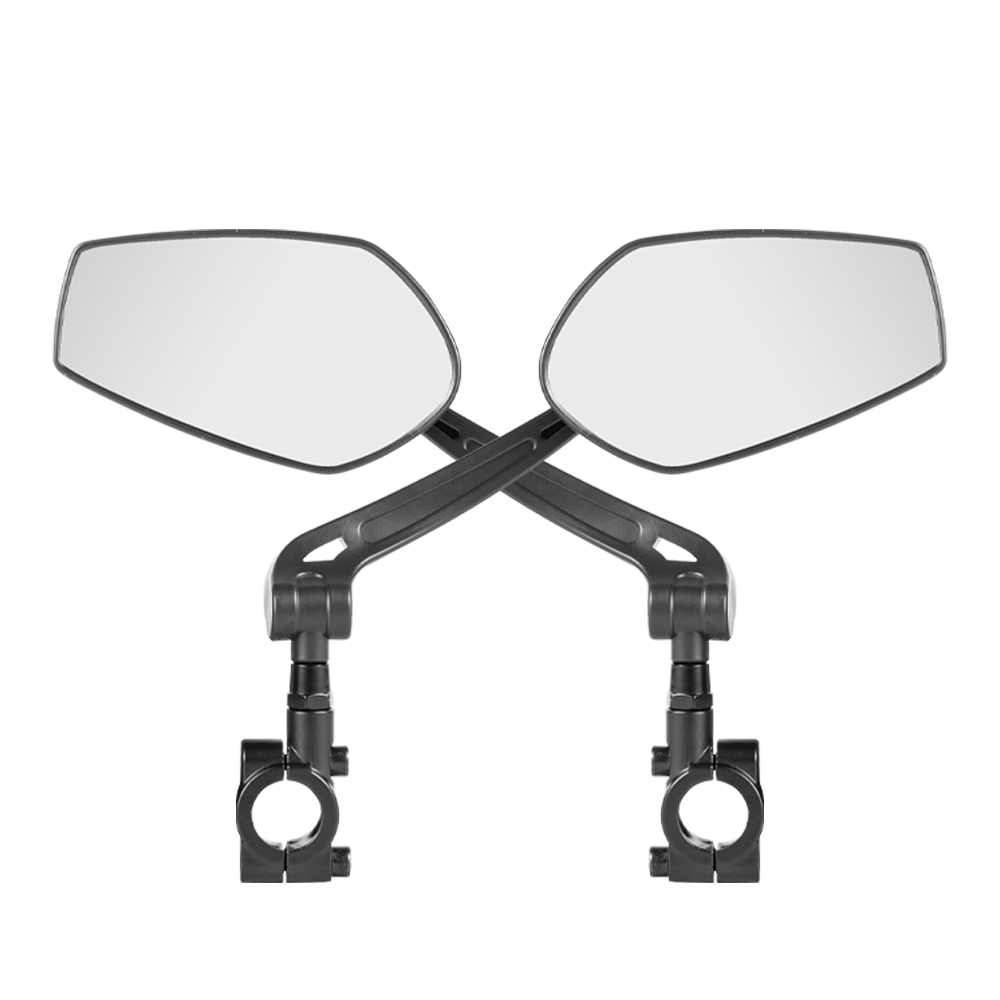
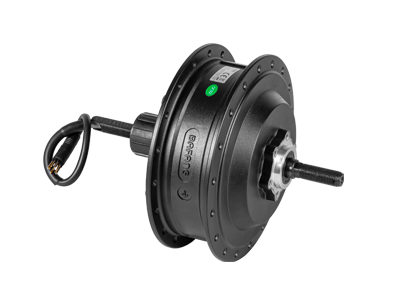
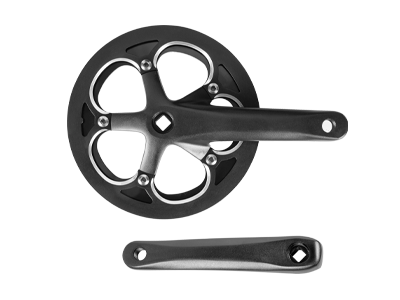
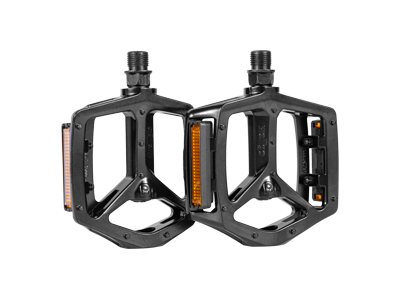
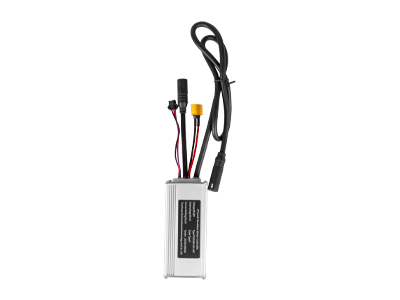
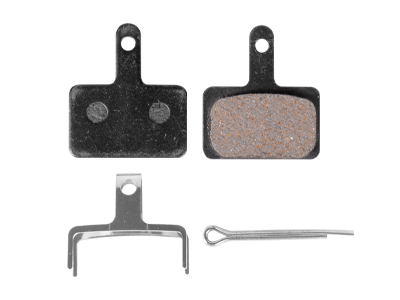
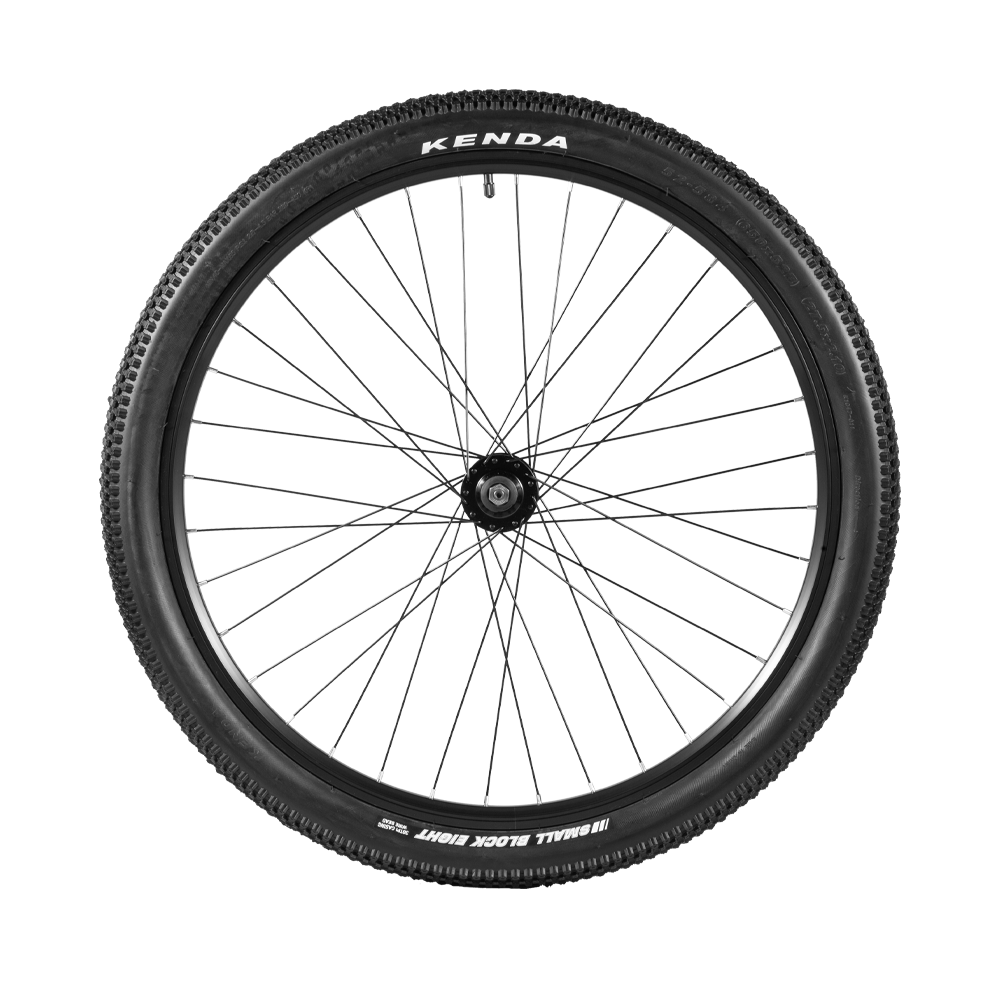






Leave a comment